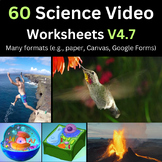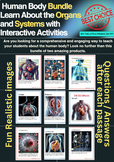64 results
Biology activities for SMART Notebook

Mendelian Genetics Unit: Lesson 7: Your Monster and Punnet Squares
Now that students know how to set up Punnet squares and predict future genotypes and phenotypes, have them do the same with their monsters!
Students will pick a partner in class, and their two monsters will fall in love and have many monster babies! Students will select traits, and will create 10 punnets squares that will show the possible outcomes for four different babies.
Finally, students will put together a packet with their adult monsters (illustrated with their genotypes and phenotypes
Subjects:
Grades:
6th - 8th
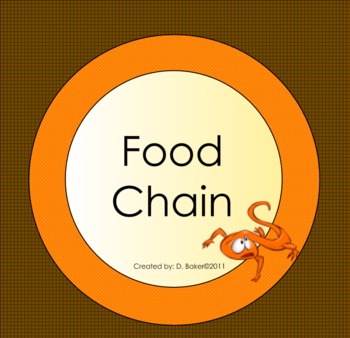
Food Chain Smartboard Lesson
This Smartboard lesson will help your students understand what the food chain is all about. It covers herbivores, carnivores, omnivores, predator/prey, producers, consumers, and the order of the food chain. It allows for practice and includes a link to an online game for more practice and a link to a food chain video. It also includes a link to a free food chain printable.
Subjects:
Grades:
2nd - 3rd
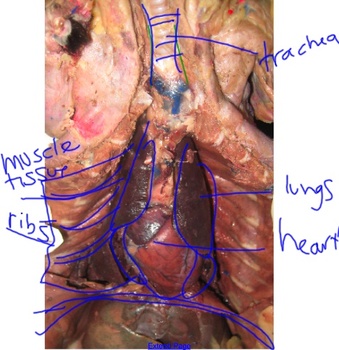
Mink Dissection
This is the presentation I created to help my students through each major step of a mink dissection.
While the presentation came in handy, I also modeled each step for them, but tried not to show them TOO much as I went-- there's something great in the discovery being theirs.
As they started opening each mink, I would call them back, show more pictures on the board, or model through mine a bit more, quizzing as I went.
(The first day is the toughest as students have to find the trachea and e
Subjects:
Grades:
6th - 9th
Types:
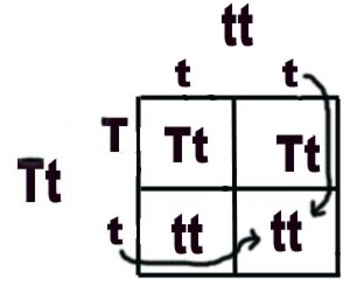
Mendelian Genetics Unit: Lesson 6: Intro to Punnet Squares
Before students can continue their monster project, they need to learn how to organize information about alleles, and predict future offspring using Punnet squares!
This lesson focuses on how to organize information without a Punnet square, and looks at the pros and cons of solving a different way, then shows the more streamlined Punnet squares with side by side comparisons so students can see the exact same information is in both.
There are levels of practice problems ranging from simple (fil
Subjects:
Grades:
6th - 8th
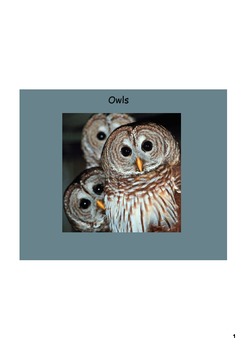
Owl Unit - Smartboard Lesson and Project Report
This is a 3 day owl unit covering the body parts of owls, owl habitats, what owls eat, and an in-depth lesson on the snowy owl. You will hear owl sounds and see images of adorable baby owls. Also included are links to sites with educational videos of owls and their special senses. Included is a printable 10 page owl report for your students to take home and complete. Your students and their parents are guaranteed to learn from this unit.
Subjects:
Grades:
K - 2nd

Cell Unit Review Jeopardy Game, Middle School Science, Life science, 6-8 Science
This is a smart notebook format jeopardy game of Cell unit.
It is good for unit review and no prep days:)
In the preview document you'll see only 2 questions.
The Categories in this game;
The Characteristics of Cells
Chemistry of Life
Cell Structure and Function
Levels of Cellular Organization
Cell Processes
Have fun!
Thank you for downloading.
Subjects:
Grades:
5th - 12th
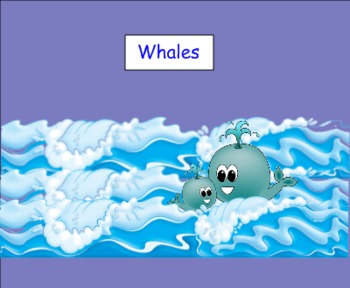
Whales - Smartboard Lesson
This unit is designed to be used over a one week period focusing on a different aspect of whales each day. The unit includes basic whale anatomy, the two types of whales, and whale habits. Easy to understand by lower elementary. A whale craft project suggestion is included along with a poem about whales.
Subjects:
Grades:
K - 2nd

Mendelian Genetics Unit: Lesson 5: Mendelian Monster Project
In the first part of this culminating genetics project, students will randomly design and illustrate their own monsters. On the final illustration, students will label both genotypes and phenotypes of their monster.
In the next two lessons, students will create punnet squares between their monster and a fellow classmate's monster to see what potential offspring would look like.
For six years, students identified this project as one of their favorites of the year.
Key words: genetics, Mende
Subjects:
Grades:
6th - 8th
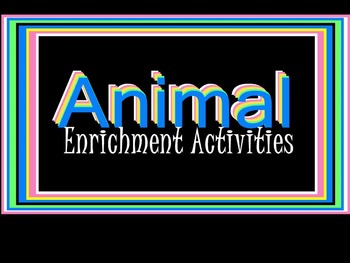
SMARTboard: Animal Enrichment Games & Activities
This is a 10 slide SmartBoard Lesson featuring various games and activities for animal and life science enrichment to be used with students in K-2.
These games cover the 5 types of animals (mammals, reptiles, birds, amphibians & fish), as well as general life science information, writing animal names, matching baby and mommy animals, sorting animals, and listening to various animal sounds.
Subjects:
Grades:
PreK - 3rd
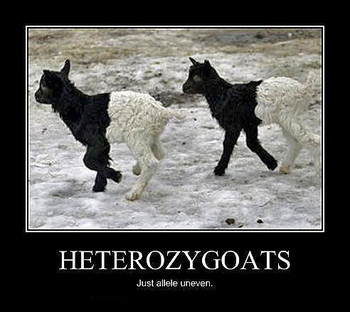
Mendelian Genetics Unit: Lesson 4: Homozygous & Heterozygous
Key terms: gene, allele, phenotype, genotype, dominant, recessive, homozygous, heterozygous, genetics
Building on the previous 3 lessons, students will look for the connection between genotypes and phenotypes, differentiate between homozygous and heterozygous genotypes, complete word studies and graphic organizers, predict possible offspring based on observable traits, use genotypic codes, solve crossword puzzles for vocabulary review and more.
This can be taught in 60-90 minutes. The lesson
Subjects:
Grades:
6th - 8th
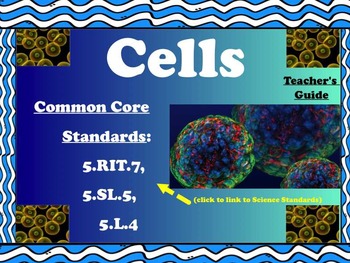
Cells Presentation and Activities for SmartBoard
How would you like to have an interactive Smartboard activity where students can take notes on Cells and everything about them and then come up to the Smartboard and learn by playing "hands on" games? They can play games and manipulate the SmartBoard to learn more. Turn the speakers up (sound fx included)!
Attached you will get:
1 Teacher's Guide that Explains how each page can be used with a class.
1 SmartNotebook file with 32 slides
4 interactive games within the file
10 interactive assess
Subjects:
Grades:
3rd - 5th
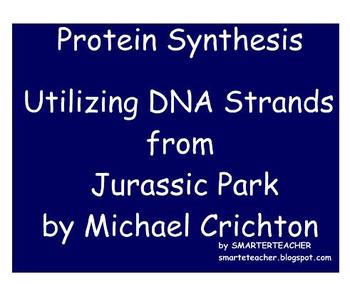
BIOLOGY - SMART Notebook - Protein Synthesis with Dino DNA
This SMART Notebook activity involves translating DNA strands, from the book Jurassic Park by Michael Crichton, into a polypetide chain for protein synthesis. The notebook lesson includes three student worksheets, an amino acid chain and an mRNA decoding wheel.
Students can translate and transcribe a forty amino acid polypetide segment of DINO DNA.
This work by SMARTERTEACHER is licensed under a Creative Commons Attribution-NonCommercial 3.0 Unported License.
Grades:
9th - 12th
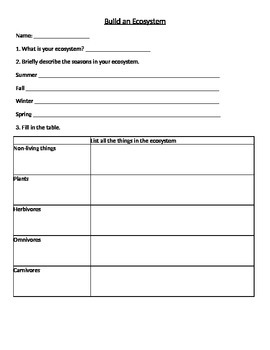
Build an Ecosystem
This mini unit has four lessons: What is an ecosystem, biomes, human interactions and it ends with a planning page for students to build a model of an ecosystem.
Subjects:
Grades:
5th - 7th
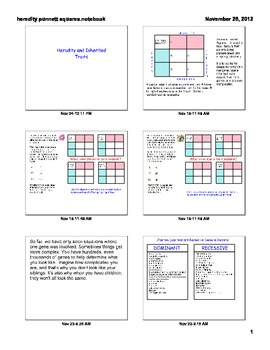
SMARTBOARD lesson on inherited traits and heredity
This smartboard lesson showcases how to track dominant and recessive traits in plants and animals. It also hits on common dominants and recessive traits in humans, so students can search for them in their classmates as a lab exploration.
Grades:
4th - 12th, Adult Education
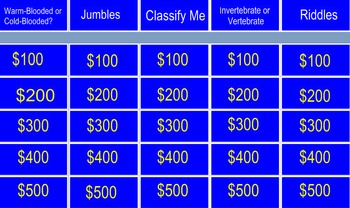
Animal Classification Jeopardy
Test your student's skills on animal classification to include vertebrates and invertebrates. Fun and entertaining! You will also find a few you tube video links on animal classification.
Subjects:
Grades:
2nd - 4th
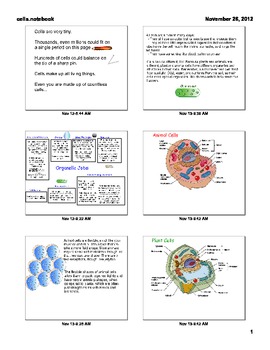
SMARTBOARD lesson on plant and animal cells
This smartboard lesson showcases how the human body is organized from cells to tissues, to organs, to organ systems to bodies. It also discusses the structures within plant and animal cells, comparing them to each other and to the organs of the human body.
Grades:
4th - 12th, Adult Education
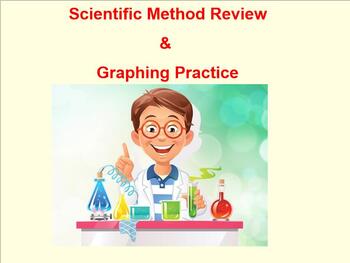
Scientific Method Review & Graphing Practice - Living Environment- (Notebook 11)
This product contains 30 slides reviewing Graphing and the Scientific Method. There is enough work to keep your students busy for three hours! Just open and start teaching. You will find interactive activities, Regents questions (with answers). 5 graphs (with answers), and a study guide with questions and answers. (To show your students the answers, just click on the lines and the answers will fade in.) *This lesson was designed with a lot of visuals and scaffolding techniques in order to help E
Subjects:
Grades:
7th - 12th
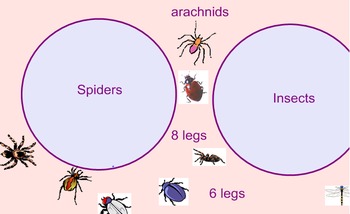
Comparing Insects and Spiders
This is a collection of 6 Smartboard Smart Notebook pages to use with primary grades to help teach the differences between insects and spiders. These activities are all interactive and include listing, sorting, venn diagrams, and printing tasks. Use these activities in a whole-class setting, as part of activity centres, or with small groups.
Grades:
K - 2nd
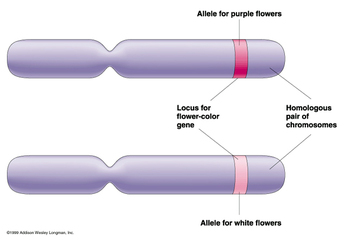
Mendelian Genetics Unit: Lesson 2: Genes vs. Alleles
In this second lesson, students dig deeper into inherited traits to define a gene, the placement of a gene on DNA/a chromosome, and the relationship between a gene and an allele. Teaching time-- 60-90 minutes.
Included: web links, worksheets, graphic organizers, answer keys, guided notes
Key words: gene, allele, genetics, inherited trait, acquired trait, phenotype, chromosome, DNA
There are additional activities for a second day which may also be exchanged with the first, used in centers, use
Subjects:
Grades:
6th - 8th

Dissection Notes and Chicken Wing and Pickle Dissection LABS
My students spend a few days in class learning about bones, ligaments, tendons, skeletal muscles, cartilage, marrow, and tendons. I want the students to observe these parts first hand by dissecting a chicken wing.
The attached document contains notes about dissection tools and techniques. It then has a practice lab where students dissect a pickle. Finally, the document contains the chicken wing dissection lab. Teacher notes are provided for both labs.
Subjects:
Grades:
6th - 9th
Types:

Plants: Lesson 3: Observing Edible Plants
Even though plants are part of our daily lives, often when studying them, we forget to include relevance. In order to connect to plant life, this lesson revolves around the idea of food.
During the hook, we start a multi-day observation of the xylem using celery (to tie into the previous day's lesson). Then, students get to touch, draw, discuss and identify parts of carrots, radishes, celery and more.
Most students were disturbed or surprised to learn they were eating roots, stems or leaves-
Subjects:
Grades:
5th - 8th

Smartboard Life Cycle of a Butterfly
The is a clear step by step explanation of the life cycle of a butterfly.
Subjects:
Grades:
2nd - 6th

Plant Life Cycle Presentation
This presentation about a plant's seed and bulb life cycle goes along with a webquest that is also offered in my store called "Plant Life Cycle Webquest."
Grades:
2nd - 4th
Types:

Cells Smartboard Sort | Unicellular and Multicellular Organisms
This is a Smartboard vortex sort where students will sort statements into one of two groups: unicellular organisms or multicellular organisms. Student receive instant feedback. If they are correct, the vortex accepts the statement. If they are incorrect, the vortex will bounce the statement out.
Grades:
5th - 7th
Showing 1-24 of 64 results

